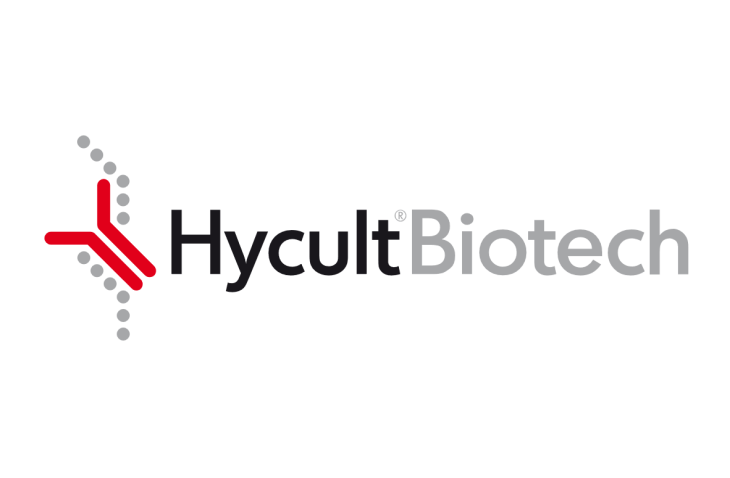-
Research area
- Biochemicals
- Blood and Biospecimens
- Cell biology
- Environmental
- Flow Cytometry
- Forensic Science
- Genomics
- Immunology
- Labware
- Microbiology
- Pathology
- Transplantation
429 Too Many Requests 429 Too Many Requests
nginx - Products
- Suppliers
- About us
- Resources
- Events
- Support
- Lab Services
- Promotions
Product description
The monoclonal antibody clone 2 recognizes S100 calcium-binding protein A12 (S100A12). The antibody does not cross-react with family members S100A7, S100A8 and S100A9, S100A8/A9 heterodimers and S100P. S100A12, also known as calgranulin C, is a member of the S100 protein family. To date, the family consists of 22 members. S100 proteins are low molecular weight calcium binding proteins. The proteins consist of 2 calcium binding EF-hands located on the termini flanked by hydrophobic hinge regions. Calcium ions acts as a global second messenger involved in the regulation of many aspects of cell function. S100 proteins are involved in sensing and transforming calcium signals to downstream cellular responses. S100 proteins are located in the cytoplasm and/or nucleus of a wide range of cell types and involved in the regulation of cellular processes such as cell cycle progression and differentiation and inflammatory responses. Several S100 members have been found to act as cytokines in inflammation, particularly in autoimmune skin conditions such as psoriasis. S100A12 is involved in calcium-dependent signal transduction pathways and has regulatory effects on cytoskeletal components thereby modulating neutrophil activities. Studies have shown that S100A12 might have potential as a biomarker for arthritis since their levels correlate with disease activity and are able to predict relapse and response to anti-inflammatory therapy. Unfortunately, studying the biology of S100A12 and other calgranulins is challenging due to its tendency to form complex homodimer, heterodimer and heterotetramers structures.
Specifications
Applications
WB, ELISA
Isotype
Mouse IgG1
Supplier
Hycult Biotech
Shipping & storage
Shipping condition
Room Temperature
Storage temperature
2-8°C
Do you have any questions about this product?
Order your product by email
Productname
S100A12, Human, mAb 2
HM2361-100UG
By filling out this form, you are placing an order by e-mail. You will receive an order confirmation within one working day. The order cannot be modified after receipt of the order confirmation.
Request a sample
Productname
S100A12, Human, mAb 2
HM2361-100UG
By filling out this form, you request a sample. You will receive an order confirmation within one working day. The order cannot be modified after receipt of the order confirmation.
Are you looking for specific products, alternatives or documentation?











